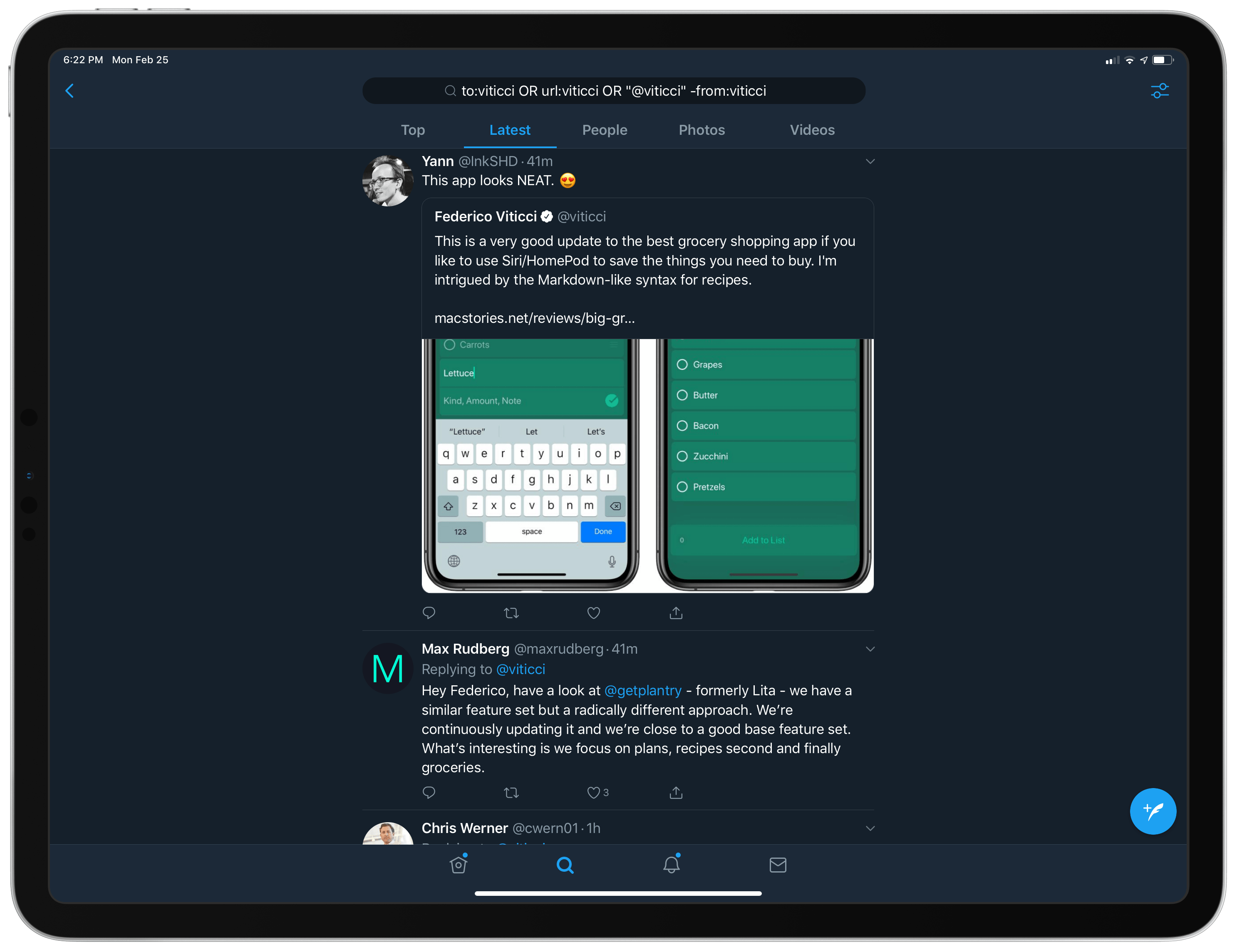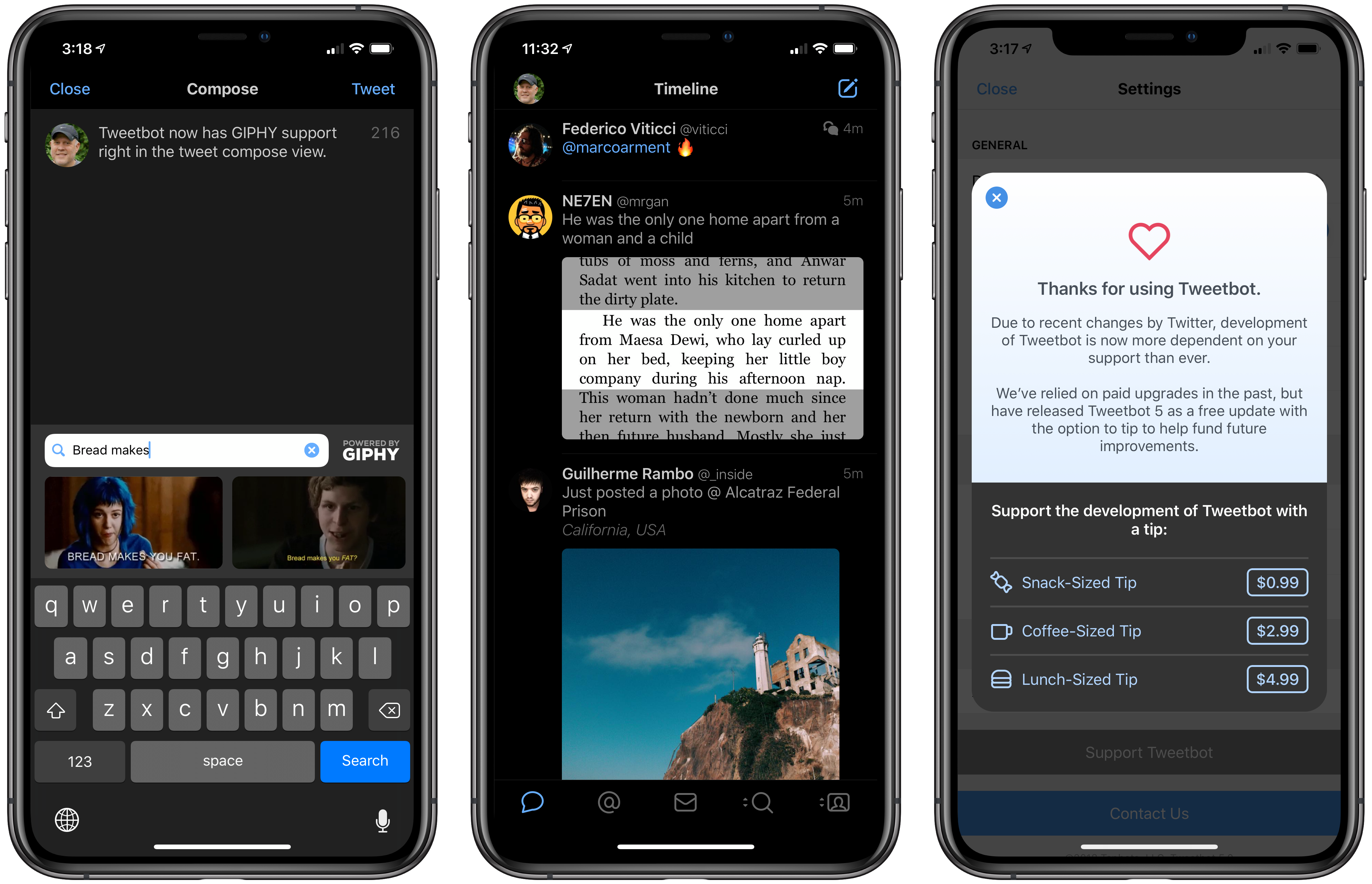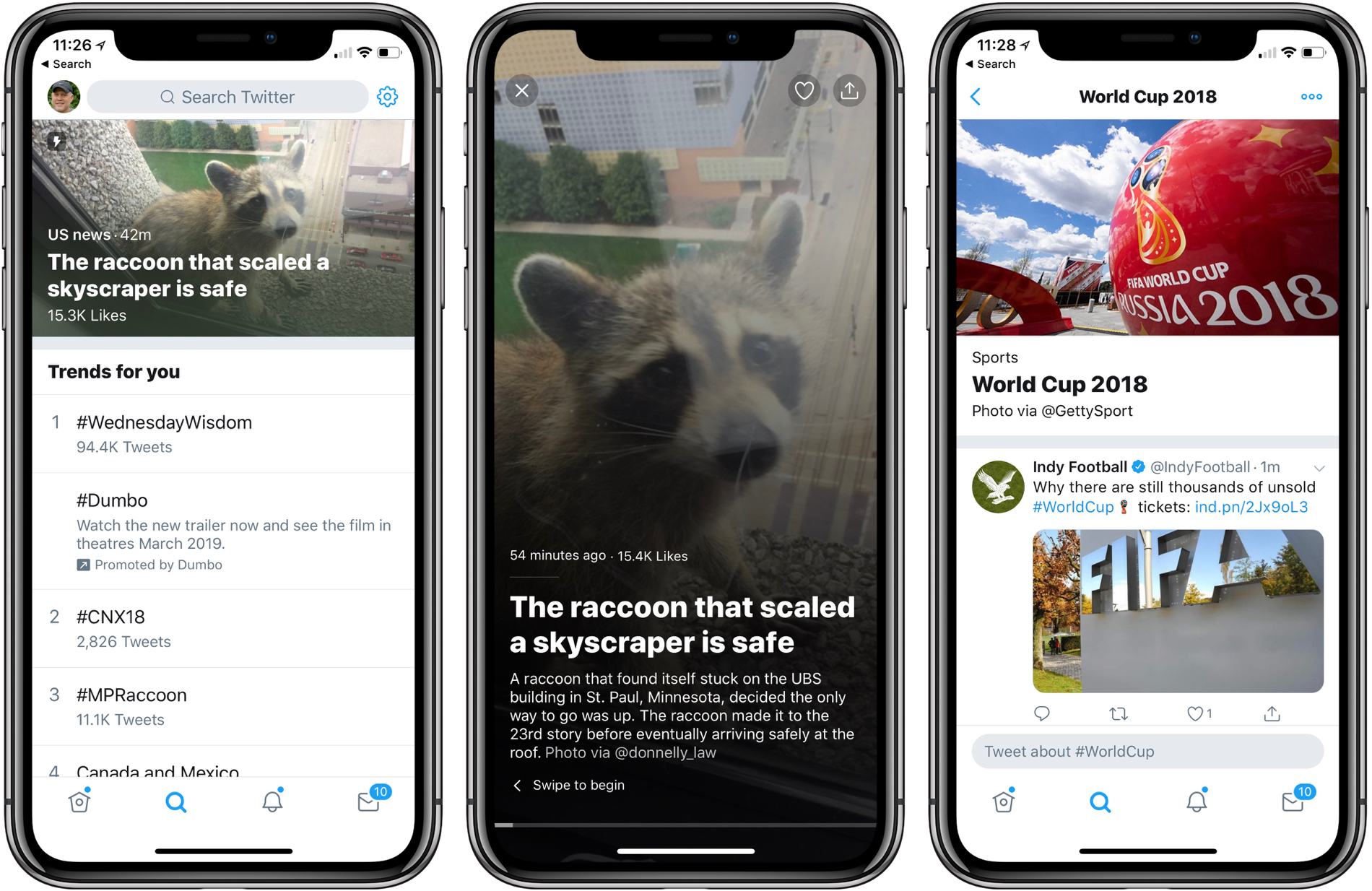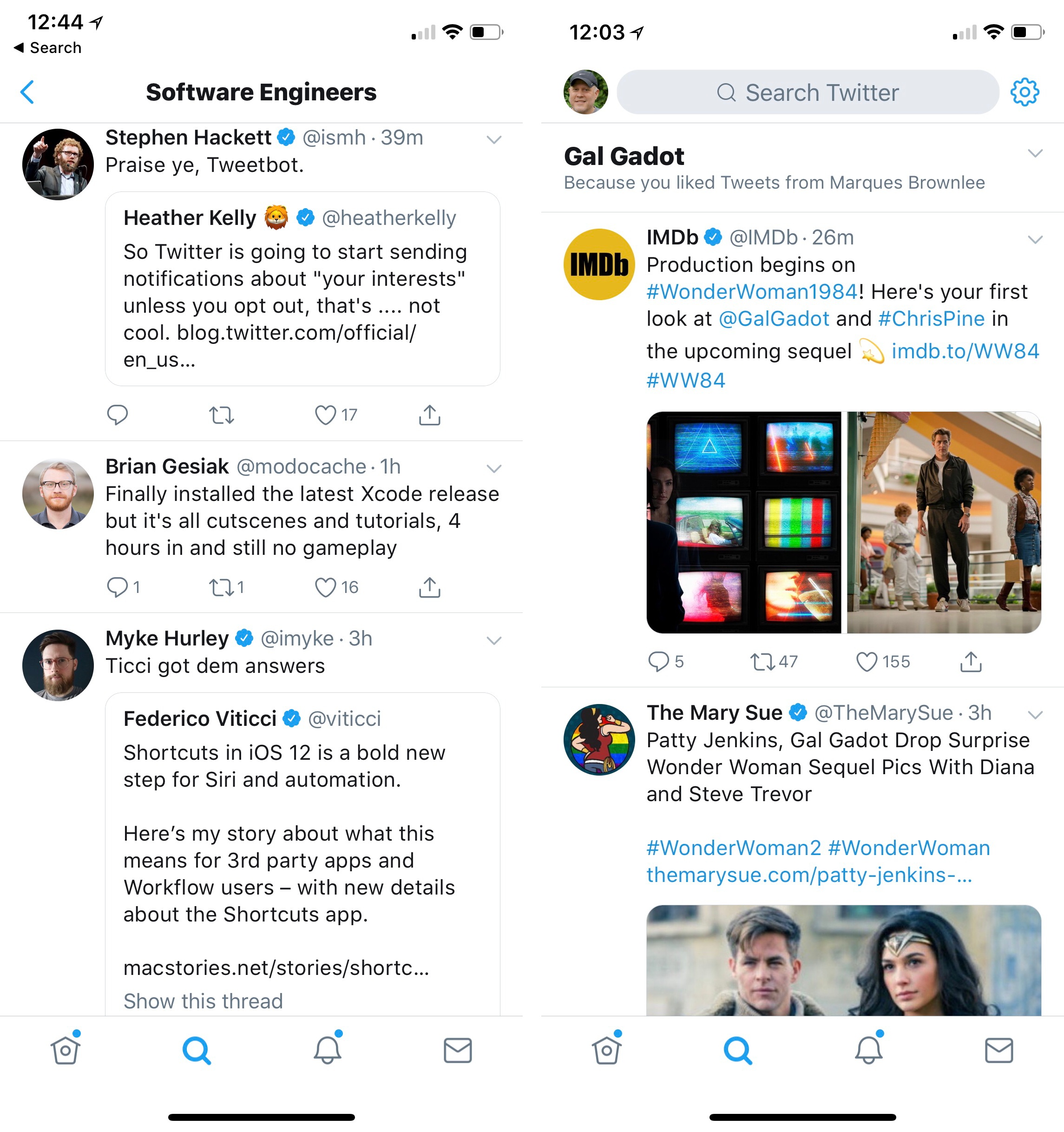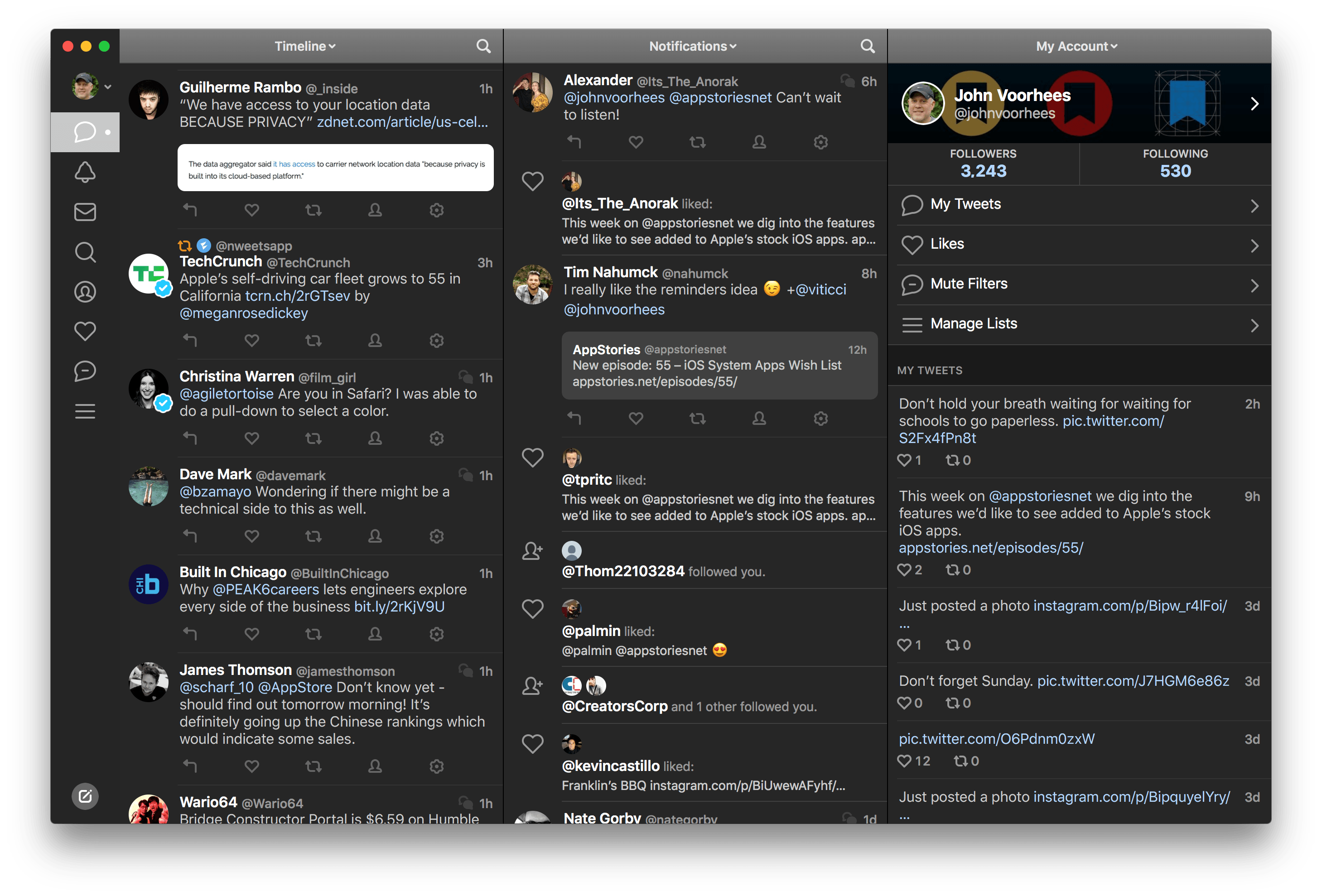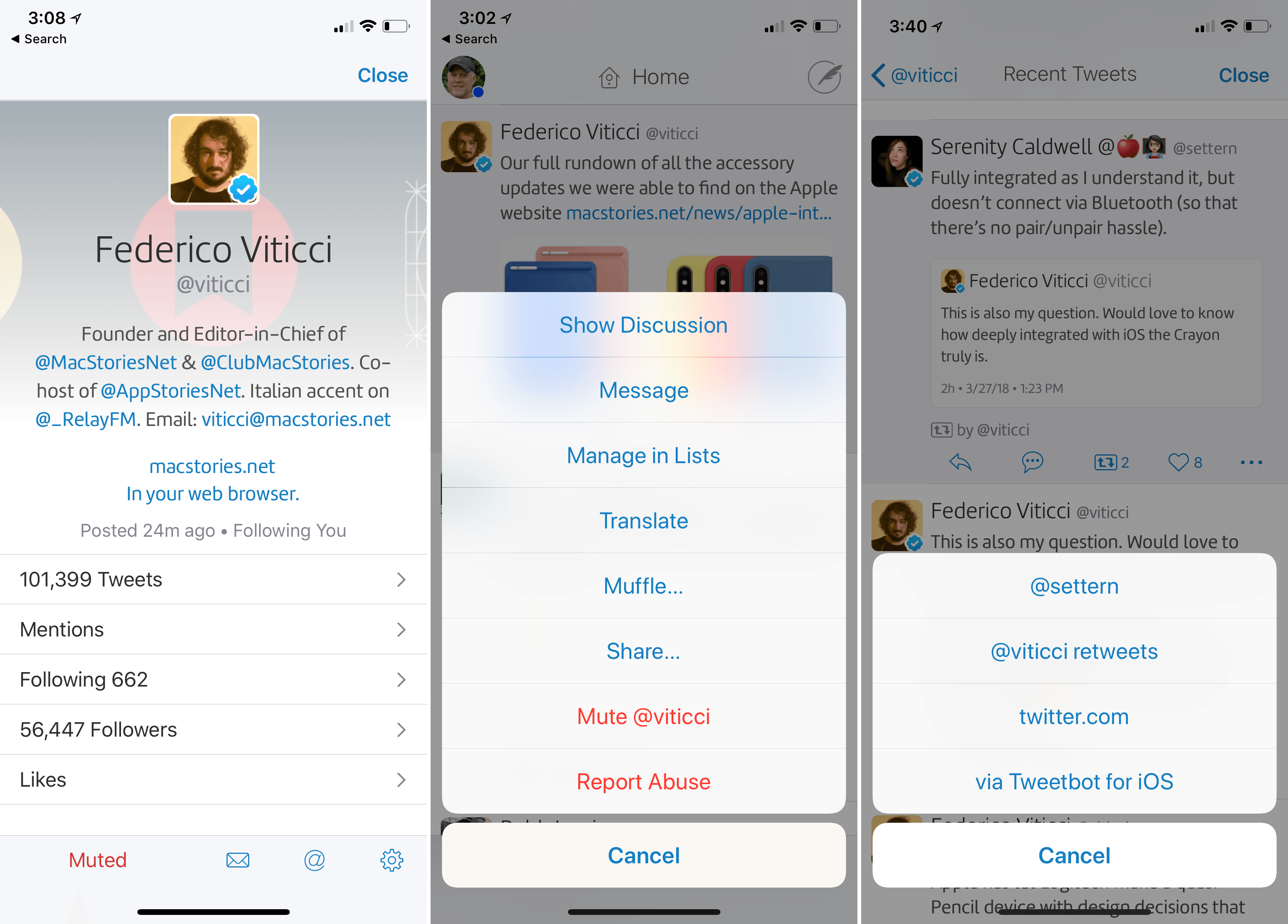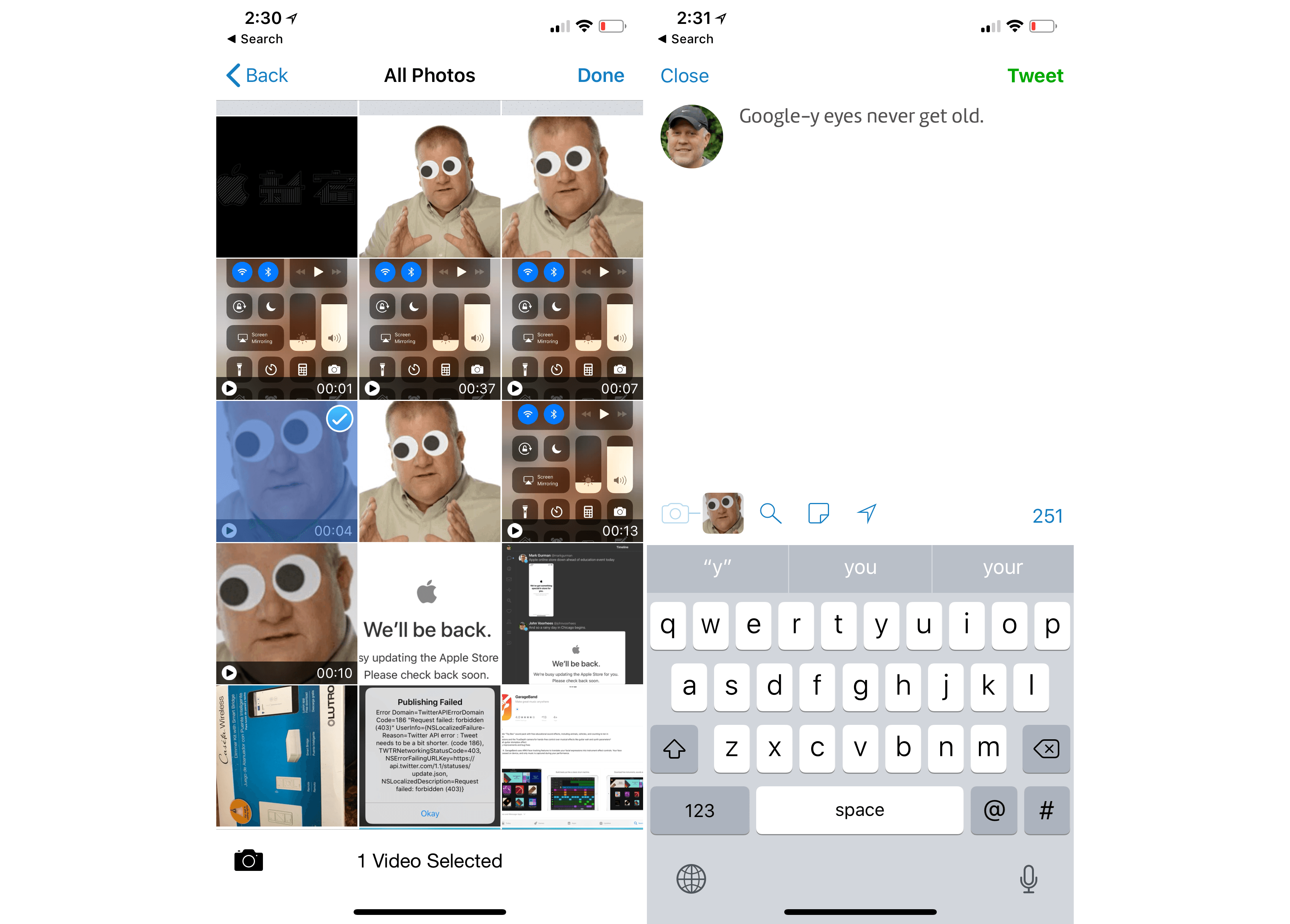In April, Twitter delayed a transition to a new API that was expected to have a significant impact on third-party Twitter clients like Twitterrific and Tweetbot. The delay came in the wake of an outcry from users of third-party Twitter clients prompted by developers who banded together to encourage users to complain to Twitter about the API changes that were set to take effect on June 19, 2018. Today, Twitter announced that those changes would go forward on August 16, 2018 – about two months later than originally planned.
Yesterday, in an interview with Sarah Perez of TechCruch, Paul Haddad of Tapbots, the maker Tweetbot, said:
“Twitter has a replacement API that – if we’re given access to – we’ll be able to use to replace almost all of the functionality that they are deprecating,” he explains. “On Mac, the worst case scenario is that we won’t be able to show notifications for Likes and Retweets. Notifications for Tweets, Mentions, Quotes, DMs and Follows will be delayed one to two minutes,” Haddad adds.
He also says that Tweets wouldn’t stream in as they get posted, but instead would come in one to two minutes later as the app would automatically poll for them. (This is the same as how the iOS app works now when connected to LTE – it uses the polling API.)
In addition to announcing transition date, Twitter announced pricing for its new API, and it’s expensive. A subscription covering 100-250 users will cost $2899/month, which works out to over $11 per user for 250 users. Anyone with over 250 users, which would include all the major third-party Twitter clients, is advised to contact Twitter for enterprise pricing. However, the pricing on the API’s lower tiers doesn’t leave much room for optimism.
Third-party clients that can’t or don’t want to pay those prices will have to make do without timeline streaming and push notifications for likes and retweets. Other notifications will be delayed approximately 1-2 minutes according to statements by Haddad to TechCrunch.
For its part, Twitter has made it clear, that the functionality of the old APIs will not be coming to the new APIs:
“As a few developers have noticed, there’s no streaming connection capability or home timeline data, which are only used by a small amount of developers (roughly 1% of monthly active apps),” writes Twitter Senior Product Manager, Kyle Weiss, in a blog post. “As we retire aging APIs, we have no plans to add these capabilities to Account Activity API or create a new streaming service for related use cases.”
We contacted The Iconfactory, the maker of Twitterrific, and Tapbots, the maker of Tweetbot, to ask about the impact of the API changes on third-party clients and Twitter users. According to Iconfactory developer Craig Hockenberry:
A lot of functionality that users of third-party apps took for granted is going away. That was the motivation for the apps-of-a-feather.com website - to soften the blow of this announcement.
Hockenberry elaborated that The Iconfactory has reached out to Twitter regarding enterprise pricing for the new APIs, but says that he doesn’t anticipate the pricing will be affordable absent a significant discount.
On the one hand, this latest blow to third-party Twitter clients may be something that some users, including me, are willing to tolerate. On the other hand, this is yet another example of third-party client hostility demonstrated by Twitter stretching back at least five years that doesn’t bode well for the long-term viability of those apps. I asked Hockenberry what he thinks the changes mean to third-party Twitter apps. His response:
Long term, I don’t think there will be any apps other than the official one. I also don’t think Twitter realizes that many long-time users, who are highly engaged on the service, are also the people who use third-party apps. These folks will look elsewhere for their social media needs.
Given Twitter’s repeated hostility towards third-party clients, that’s a hard sentiment to argue against and one that gets my attention more than Twitter’s announcement. I can live with the latest changes to Twitter’s API, but if third-party developers conclude that their time and resources are better spent elsewhere, I expect the end of the Twitter I know and use today is closer than I thought.


